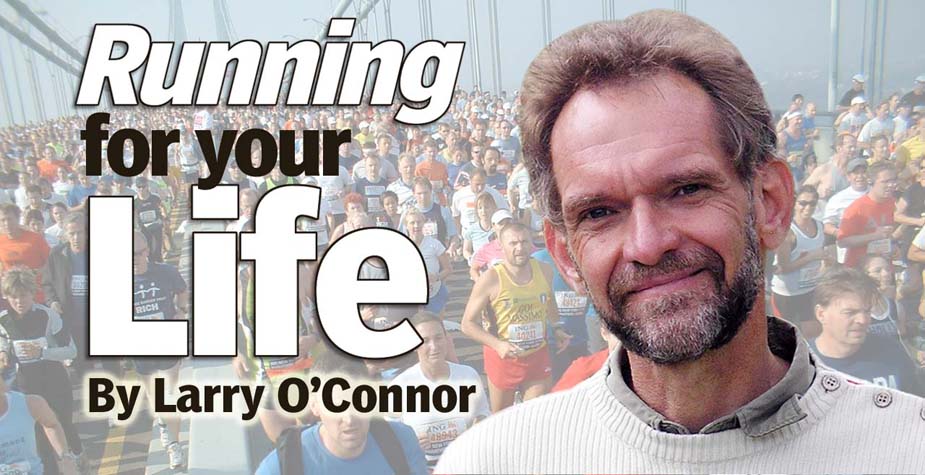“If you left your laptop and muffin from Starbucks at the Recombulation Area, please contact an airport official and arrange to retrieve them.”
– Public address announcement at the Milwaukee international airport, Sunday, March 3
You never know what you’re going to see on the road. Last weekend M and I went to Chicago and Milwaukee to visit family. Rather than rent a car we took a northbound Amtrak train and then, the next day, an airplane home to Brooklyn.
I wish I were running alongside the train, and if I were, this is what I would have been thinking about:
• A sprightly looking sign says, “Little Brothers Friends of the Elderly.”
• Train bed rise through historic manufacturing and warehouse district, an urban outlaw paradise. Red brick manufacturing buildings, no more than three stories, probably two.
• “Chicago Dryer Company: the Global Leader in Flatwork Finishing Innovations”
• None of these buildings have not seen better days; heyday views from the train bed, probably 1927, no new construction on this line for likely fifty to seventy years, what is old, outmoded and holding on, it seems, by a thread.
• Gasoline for sale; nothing else I can see. Sign on Chicago parking garage: Zipcars live here, and a Web site address; only dot-com I’ve seen this morning (March 2).
• Out of the industrial corridor and the trees are scrub, then the first northern Chicago suburbs, stone and brick manses, what look so much like the homes of many generation Protestant preachers.
• And the Tow Pound, an ocean of cars, derelict, abandoned.
*
There’s this paper in the journal Nature by Beth Levine of the University of Texas Southwestern Medical Center. Here’s the takeaway: You can slow the aging process by going on a near-starvation diet or you can take up vigorous exercise. Here’s the news, as published by The Economist, Jan. 21 http://econ.st/wXvLbV:
Experiments with mice would seem to indicate that high-tempo exercise – in the case of the mice, running for 80 minutes – helped to increase the number of autophagosomes in the muscles. Autophagosomes are agents of autophagy, or a health-deriving – even age-slowing – process that happens in the body. The name is derived from the Greek for “self-eating” in which mammals break up for scrap and recyle malformed proteins and other cellular bits of garbage. Got autophagosomes? Then every day is spring cleaning.
Scientists are really keen on studying autophagy because it just might hold the key to all kinds of health-deriving benefits. This from The Economist: “Over the past couple of decades, autophagy has also been shown to be involved in things as diverse as fighting bacterial infections and slowing the onset of neurological conditions like Alzheimer’s and Huntington’s diseases.”
All good, right? The best just might be that the most efficient autophagosist – yes, indeed, I am coining a new word here – may be recycling out the villain of Baby Boomers everywhere: free radicals. Free radicals are damaging oxygen-rich molecules created as an offshoot of a previously reckoned unmitigated good: glucose and oxygen reacting in the body’s mitochondria, or the cell’s power packs, that releases energy (ie, allowing us to get up and out of your chair, run for the train, put on an overcoat . . .) Problem is, though, free radicals are thought to be one of the driving forces of aging.
But autophagosists, who exercise and thus increase the autopohagosomes in their muscles, are best at rooting out these nasty free radicals (in a time of Occupy Wall Street it’s a stretch to think of free radicals as not an uncategorically good thing . . .) and, as a result, slowing down the aging process.
For me, anyway, the prospect of near-starvation doesn’t seem like the way to go. But a minimum of an hour or so of daily, hard exercise? Count me in.
Next: Running for Your Life: A Month to Boston

0 comments:
Post a Comment